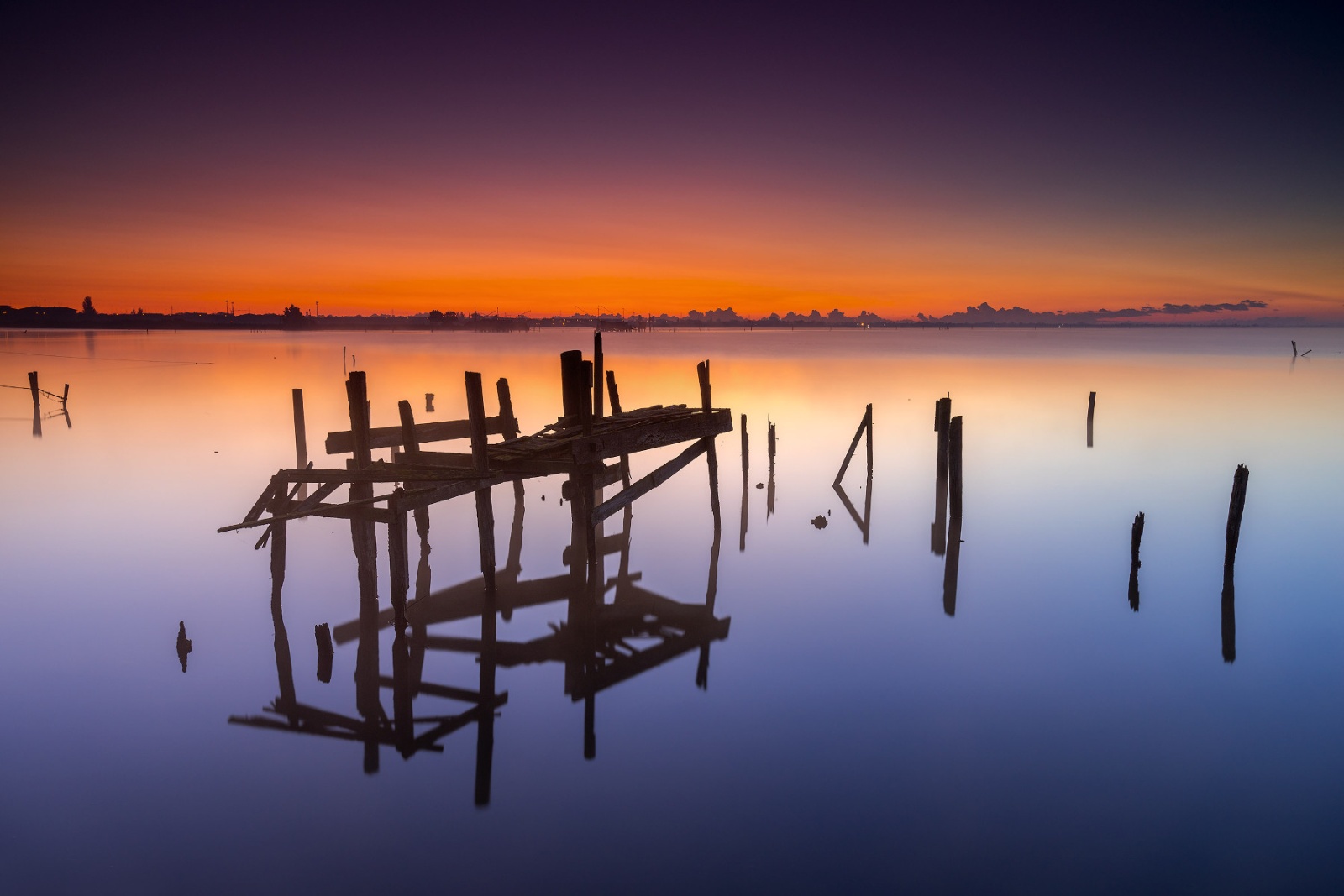First impressions on Haida big stopper
Testing Haida ND1000 ND3.0 for long exposure and no color casting
First impressions on Haida ND3.0 "Big stopper"
Ok ok, I know... every story has its highs and lows... but in the end it comes the time to say goodbye. Lee filters, you really did great, you gave me great satisfactions... You saved me many hours when I decided to leave Formatt-Hitech IRND1000 (and its tremendous color casting...).. but now I have to admit that we have to take different roads.
Believe me, I don't want to say that you are not a good filter. Big stopper and Little stopper, you are great brothers.. Good quality, good contrast.. The color casting is present (blue tones), but it can easily be fixed in post production. But... But men have to change, sometimes. Changes can hurt, sometimes, but without changes... no progress will be possible. So I decided to change.
The world of photography filters, nowadays, is incredibly crowded, and full of great names. But there is one thing that really annoys me: the trends. Yes. Periodically a new trend (and brand) arrives, and then every social network becomes full of shot of photographer, showing their new gear. It's like "look at me, I use XYZ filter, so I am REALLY a professional!". mmmh.... so disappointing... I can't stand this way of living Photography: it's always a matter of showing gear... not showing results! Any doubt? take a look at some Facebook groups... it's really boring to see 100 pictures showing pieces of expensive gears, instead of what it could be done with the tools themselves. What a shame...
So, when it came to opt for a new filter brand, I preferred to decide according to my experience, and not according to the social trends. This is why I went for Haida equipment.
Why Haida
Because of many reasons. Speaking about the filters only:
- I used Haida filters for few years when I was still using screw-in filters. My first ND1000 was a Haida one, and I had so much pleasure with it... so... why not to do back?
- With Lee filters, I was forced to mix optical glass ND filters and resin GND filters. This is something I really don't like.. Haida offers both ND and GND filter in optical glass. According to tests, optical glasses are 15-20% sharper than resins (here the test). It is nonsense to buy expensive lenses and cameras with gigapixel sensors, and then degrade the image with a "poor" filter.
- Nano coating technology: it means very low reflection. It means scratch resistance. It means waterproof coating (when shooting with fog, for example). And it means also better contrast.
I got in contact with Haida, to ask where to buy, so we spoke a lot about my requirements and my expectations. In the end, I bought also the filter holder for my Samyang 14mm f2.8 (probably one of my most used lenses). So, they kindly sent me also their 100mm filter holder to test it. I will speak about the holders in a second article, but I really want to say few words about the filter holder for the Samyang lens: Haida.. you definitely have to advertise your products a bit better! I was looking for a good 150mm filter holder for the Sammy 14mm since a long time, and I was abolutely not aware of your product! And it is simply amazing!!
The filters
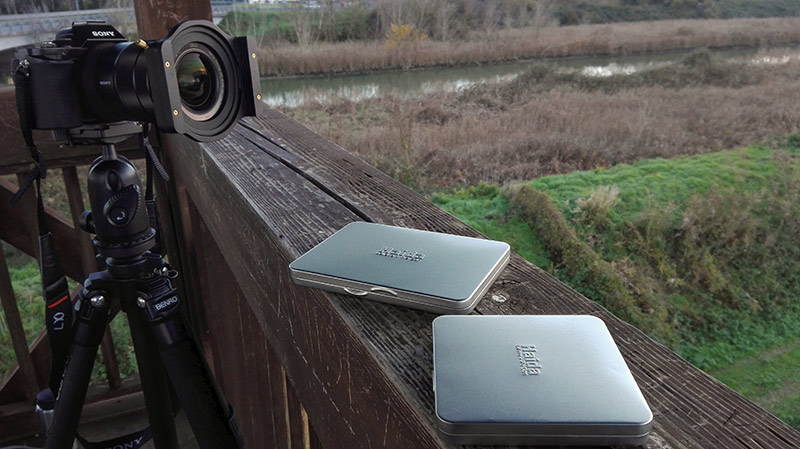 The very first impression about the filters is great: they came in a metal inside-padded box, that ensure the protection of the optical glass. The box is perfect, even if it could be unpractical, in case you use many filters (like me), because of the space. You can use a normal filter pouch, and save some space...
The very first impression about the filters is great: they came in a metal inside-padded box, that ensure the protection of the optical glass. The box is perfect, even if it could be unpractical, in case you use many filters (like me), because of the space. You can use a normal filter pouch, and save some space...
As all the very dark filters around, the ND1000 comes with a gasket for light leakage.
I also got a GND filter, 0.9 hard edge. This is my preferred choice because I love seascapes, and the well-defined horizon line matches perfectly with a hard edge GND. The filter is 100x150mm, very smart choice of dimension (my previous GND was square, and it could cause some problems in difficult compositions).
First Impressions
In order to take some decent shots and test the new equipment, I headed to Comacchio. The ones that follow me regularly probably know that I really love that town.... It's known as "the little Venice", and it's very easy to understand why. Moreover, the lagoon that surrouds the town offers incredible spots for seascape lovers.. The only problem is the season: the winter time in Italy, at least in my area, is caracterized by dull sky, fog, little colors...
I tested the Haida NanoPro MC ND3.0 against the Lee Big Stopper. All the shots below are straight out of the camera, shot with auto white balance. Sony a7R + Sony SEL16-35Z (22mm focal length). No sharpening, no adjusting WB, etc. Click on the images to get a full resolution one.
First start with a "clean" one, without filter:
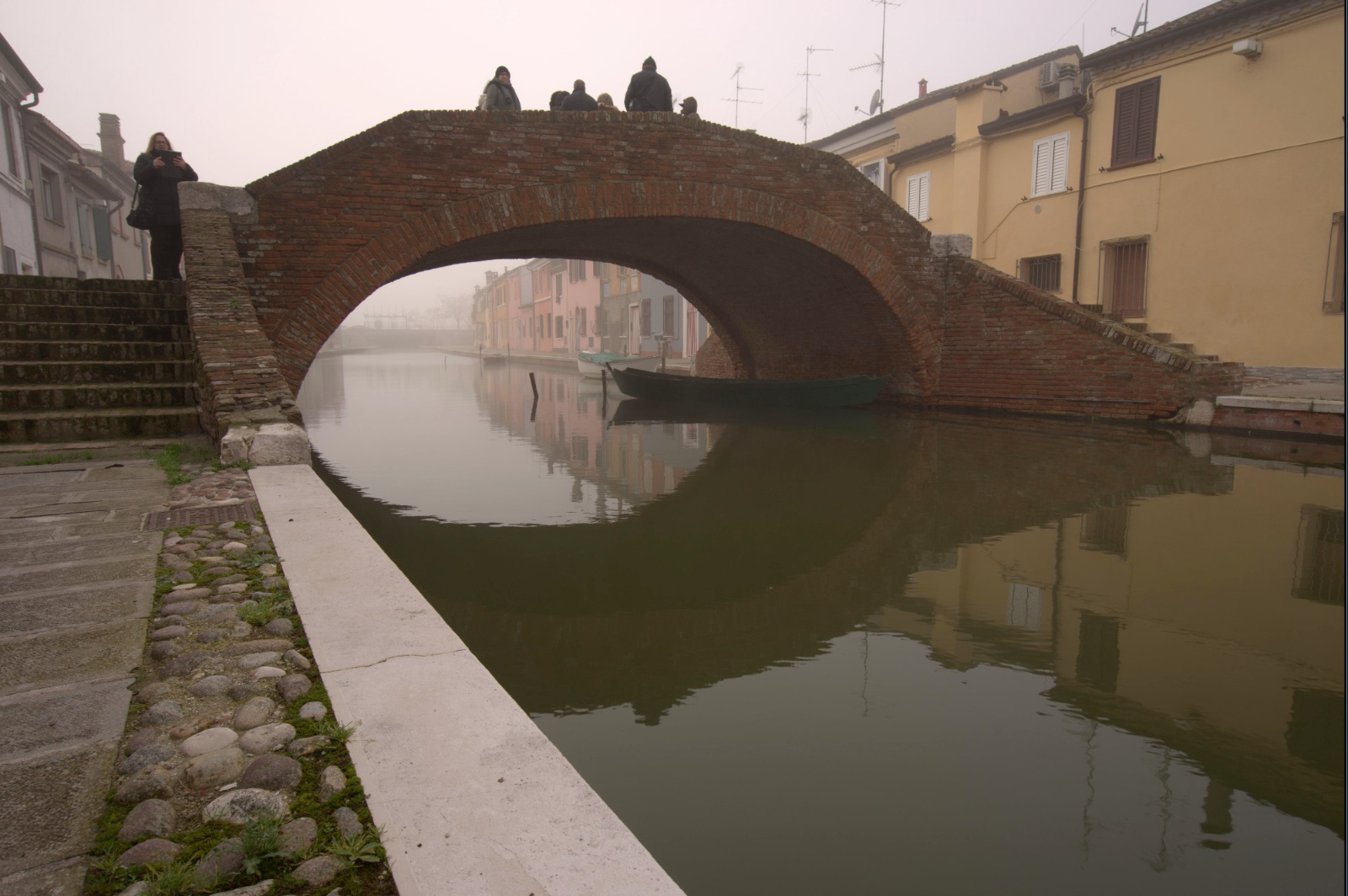
Not a great shot indeed, but just to show how the filter works. :)
Below the same shot, taken with Haida NanoPro MC ND3.0:
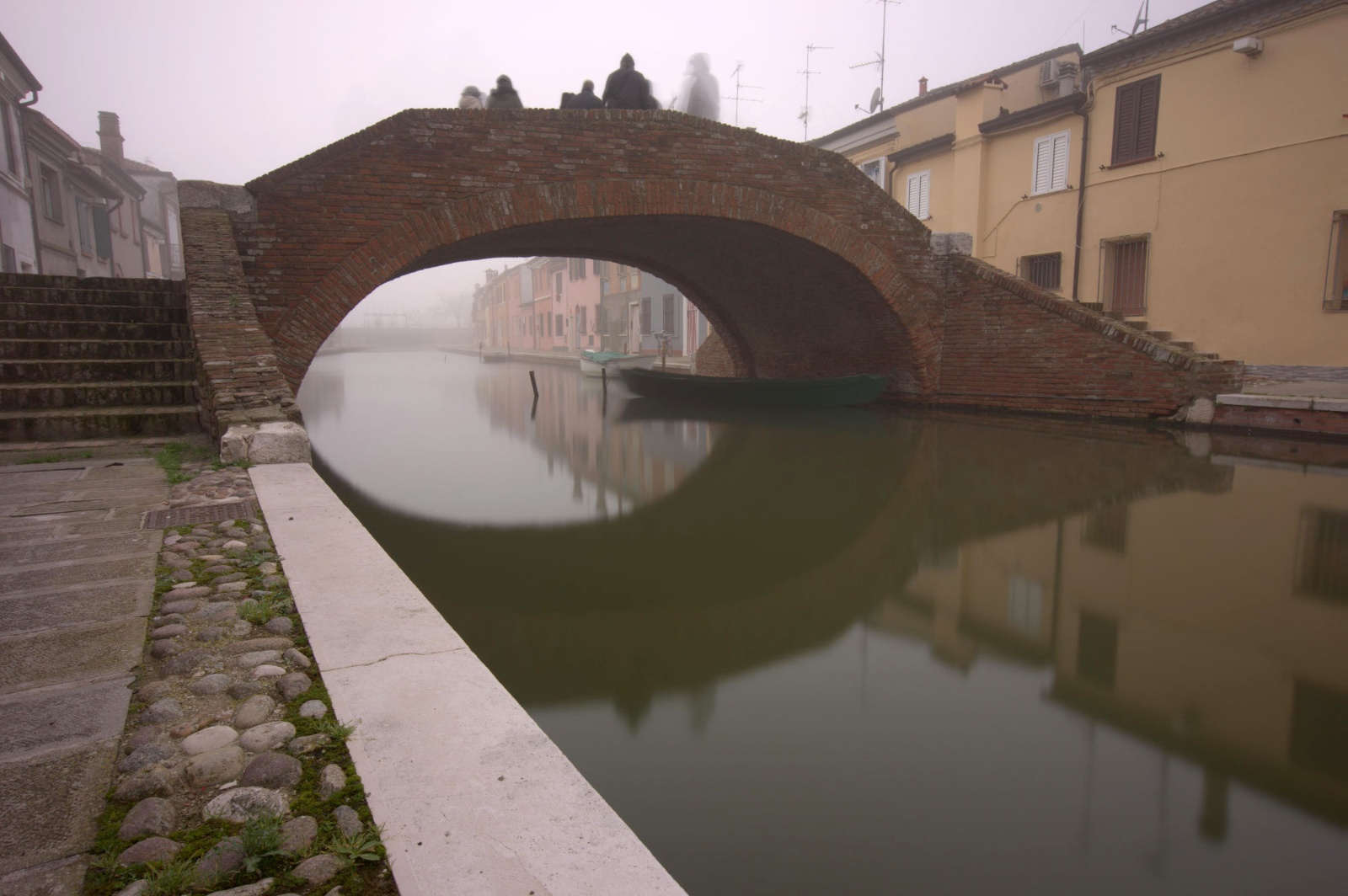
Just for the EXIF lovers: ISO100, f/11, 30s.
As you can see, there is a very very subtle and gentle color cast, noticeable only if you have the "without filter shot" on the same page. The typical vignette due to dark filters is not present at all, and this is fantastic: the drop in luminoity is a problem I had in many shots... I do vignette in post production, but I want to be absolutely free to do as per my own taste!
The contrast is perfectly preserved, and sharpness is great! There is no noticeable reduction in sharpness using the filter.. and this is probably the most important concern for me.
Below the same shot, with the same settings, using the Lee Big Stopper:
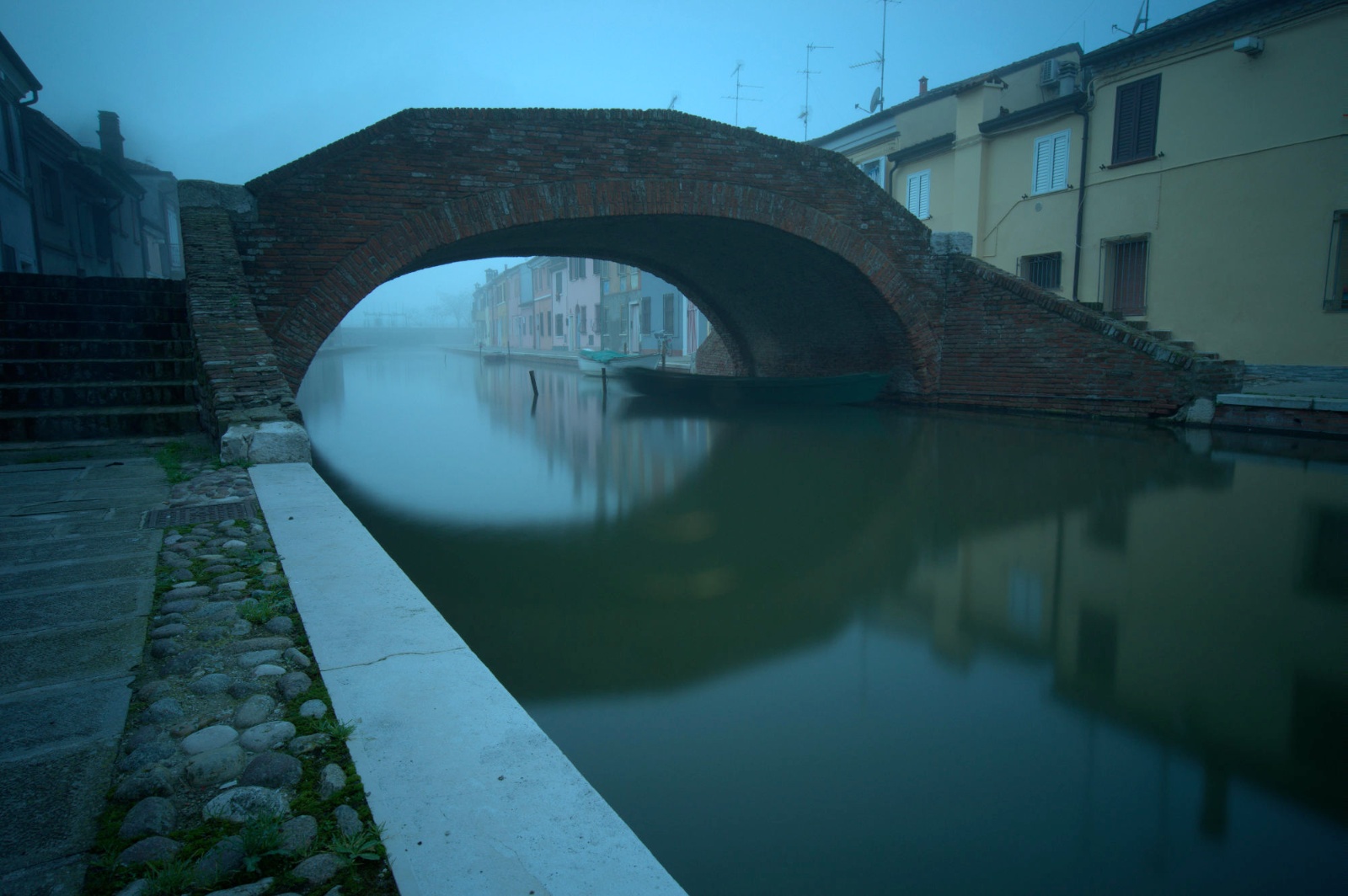
As you can see, there are few things that are immediately noted:
- the strong (very strong!!) color cast. Yes, Lee Filters introduces a terrible blue color dominant.... easy to fix but very strong
- the heavy vignetting (the corners are darker)
- the image looses a bit of contrast
- the images is globally a bit darker.
It is impossible to say something about sharpness in Lee filters, at least from this kind of shot.
Speaking about the differences in exposure between the two shots, it is normal, for such dark filters, to have differences in density. It could be interesting to test again, comparing with a third ND1000 (for example NiSi or Formatt).
Conclusions
What can I say about my new filters? I am very impressed by the overall quality of the new NanoPro MC filter series... Contrast, colors, sharpness... everything you can ask to a good piece of optical glass. And everything at a very reasonable price (that is very important!!). If I have to summarize with a sentence...
Haida gave me back the complete control over my shots: as an old school photographer, I always used filters (since analog film photography). Now with Haida I finally have a straight-out-of-the-camera shot (nearly) without color cast, and with a great contrast. The overall quality of the optical glass is impressive, the holders are designed with a great attention on reliability and easyness of use. I can't imagine a better choice.
Visit the Haida website for the full catalog: http://www.haidaphoto.com/en/index.php
And now, enjoy some shots I took with the new equipment!
